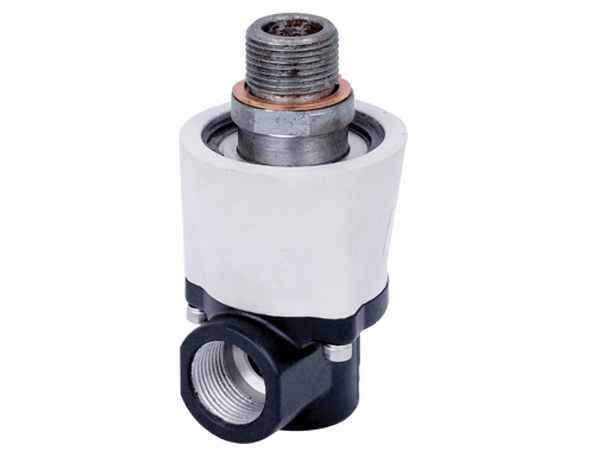|
Did you ever wonder what that plumbing product was that was being used in extreme conditions? Do you know what the leading plumbing equipment is used in extreme temperature and pressure conditions? The only thing that has made it easier for everyone is the rotary joints. The rotary joint is a device that has multiple functionalities and an easy-to-use interface, making it ideal for following extreme mediums through it, such as reliable, liquid, or gas. No matter what you put in it, including warm water and chemicals, this rotary joint allows everything to pass through. The fast flow of the medium is enabled by moving the connection between a still input source and a rotating outlet. I would like to begin by focusing on the title of the content, which is a rotary joint for steam. These rotary union manufacturers are perfect for plants where steam needs to pass through plumbing connections, and it is constructed to be corrosion and rust-free. These rotary unions are made from a variety of materials including steel and aluminum, making them more durable. The construction and operation of this beautiful device are usually straightforward and advantageous. It is properly connected to a stationary input device so that the medium can continue to flow through it. On the other side of the rotary union is a rotating outlet which is constructed in such a way that it can also supply steam under extreme pressure as well as provide the given medium. It allows the rotation of the integrated parts, and a seal is also used here to prevent liquid leakage. What is the central function of the steam rotary joint?
An executive can easily understand and use the rotary joint for steam. The steam is followed through the stationary input medium of the rotary joint and stored in the device until the valve opening does not match during its rotation period. With extreme pressure and constant movement, steam is expelled from the invention. Rotating around its axis continuously, the rotary union keeps steam flowing through it until the inlet allows it. Steam rotary joints are composed of what? In terms of composition, rotary joints for steam are no different from those with basic features. Depending on the product's size and shape, secondary components may vary, but the basic construction remains the same. In developing rotary joints for steam, engineers pay close attention to the construction material. Whenever metals are exposed to moisture for a prolonged period, they are easily rusted or corroded. Because it will be used exclusively for steam, it had to be constructed with a material that is not prone to corrosion or rusting. It is generally created from steel or brass to provide high-quality rotary joints for steam. Nevertheless, these products have the following components as their main structure: Housing: As the name implies, it is the main component of any rotary joint, which is responsible for supporting the different elements. To make the device function properly, it is designed with an inlet port and an outlet port, which makes it easier to flow stems through it. In rotary unions, bearings facilitate the proper movement of steam through the shaft. Depending on the size and type of the rotary union, the number and bearings are used in the rotary union. The seal prevents steam from leaking out of the rotary union, as its name suggests. Through it, steam cannot leak out of the rotary union because it ensures the proper binding of the entire unit. Seal sizes and numbers depend on the main rotary union where they will be used, just like bearings. Steam is carried through the entire rotary joint by the shaft, which is considered the soul of the joint. What are the different types of rotary unions? There are various types of ports available for you to choose from, ranging from the one with one port to the one with four, depending on your basic requirements. Various types of rotary unions are being designed to handle different kinds of materials consistently. In other words, you should not choose a rotary union randomly to fulfill your different needs. Before going further with the selection process, you need to determine your preferences first. Rotating unions are classified into three types based on their functions: Straight port rotary joints: In this case, rotary joints are being constructed to transfer steam directly through them. The process is quite straightforward and quick. For steam, it is one of the most commonly used rotary joints. Elbow port rotary joints: The next in the series is an elbow port rotary joint, which allows your medium to follow through at an angle, as seen in the bends. A bending curve here reduces the speed of the medium following through it to a great extent. Multiple port rotary joints: Rotary unions with multiple ports have a similar shape and size to perforated cylinders. Furthermore, there are three types of rotary joints with numerous ports:
0 Comments
Leave a Reply. |
AuthorWrite something about yourself. No need to be fancy, just an overview. Archives
June 2022
Categories
All
|


 RSS Feed
RSS Feed
